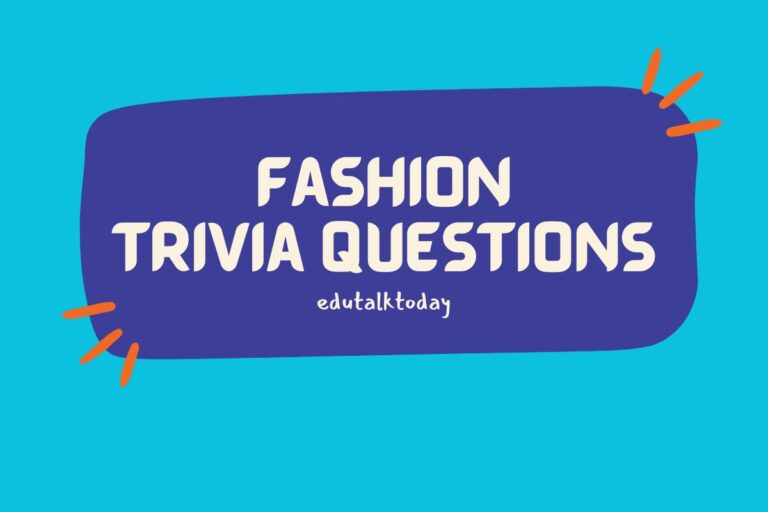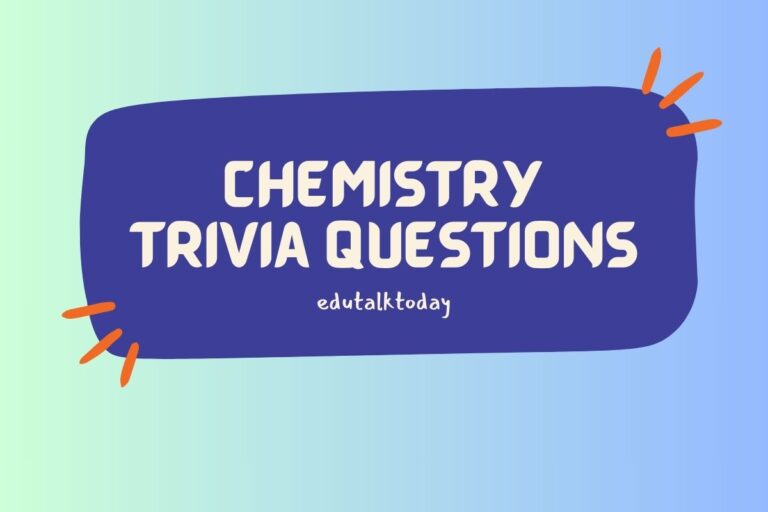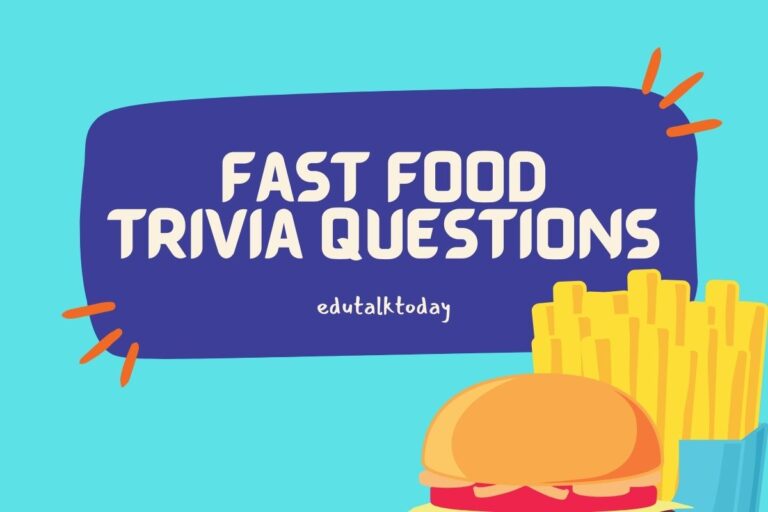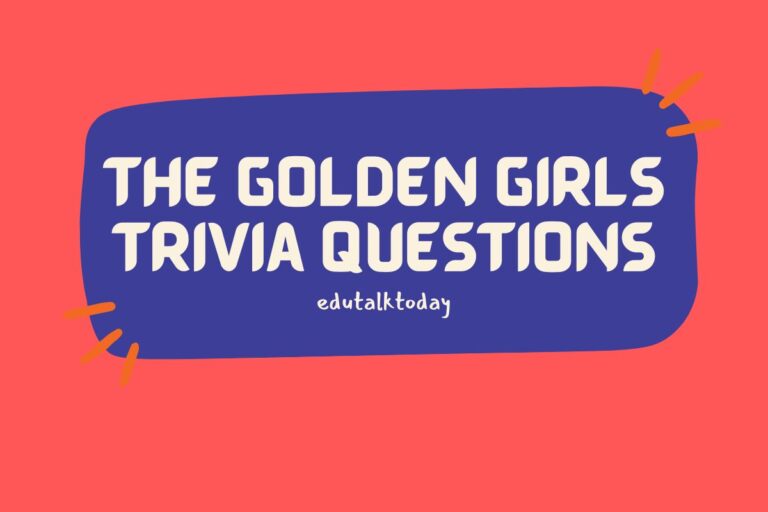24 Bones and Muscles Trivia Questions

Welcome to our bone-chilling and muscle-tingling trivia adventure! Bones and muscles are the unsung heroes of our body, working tirelessly to keep us moving, standing tall, and flexing our strength.
Whether you’re a fitness enthusiast, a biology buff, or just curious about the inner workings of the human body, this trivia quiz is sure to test your knowledge and perhaps even inspire you to learn more about these essential components of our anatomy.
So, tighten your muscles, flex your brain, and let’s dive into some intriguing questions about bones and muscles!
Bones and Muscles Trivia Questions
- Osteological Query: Which bone in the human body is the only one not directly connected to other bones, and what is its primary functional contribution to the human anatomy?
- Muscular Puzzle: Name the muscle that is responsible for the action known as plantar flexion at the ankle joint, and detail its significance in locomotion and posture maintenance.
- Skeletal Challenge: In human anatomy, what is the name of the bone found in the forearm that is parallel to the radius, and how does it contribute to the wrist’s range of motion?
- Fibrous Enigma: Identify the type of muscle tissue that is characterized by its striated appearance under a microscope, is under voluntary control, and is crucial for movement, posture, and heat generation in the human body.
- Articular Investigation: Describe the unique type of joint found in the human skull that allows for growth during infancy and early childhood but fuses later in life. What is the name given to these joints?
- Myological Mystery: What is the name of the longest muscle in the human body, where is it located, and what is its primary action?
- Calcified Conundrum: What is the name of the group of bones that form the backbone or spine, how many are there in the adult human body, and what are the major functions of this structure?
- Muscle Mechanics Quiz: What muscle, often dubbed the ‘strongest’ based on its size and the force it can exert, is primarily responsible for closing the jaw during chewing and biting?
- Skeletal Structure Query: Which bone is known as the kneecap, and what is its role in the biomechanics of the knee joint?
- Tendinous Riddle: Explain what a tendon is, and describe its role in connecting muscles to bones. How does this structure contribute to bodily movements?
- Skeletal Rarity Question: What is the name of the small, sesame seed-shaped bones found in the tendons of certain muscles, and what is their primary purpose in the human body?
- Muscular Depth Inquiry: Identify the muscle known for being the primary extensor of the forearm at the elbow and its unique characteristic that distinguishes it from other muscles in terms of innervation.
- Joint Complexity Puzzle: What is the name of the joint that connects the axial skeleton with the lower limb, and what are its main types of movements?
- Ossification Process Question: Explain the term “endochondral ossification” and its importance in the development of the human skeletal system.
- Ligamentous Exploration: Name the ligament in the knee that is crucial for stabilizing the joint against anterior translation of the tibia and is commonly injured in athletes.
- Cranial Protection Inquiry: Which bone forms the posterior and inferior parts of the cranial vault and contains the foramen magnum?
- Muscle Fiber Conundrum: What are the differences between Type I and Type II muscle fibers, and how do they relate to physical activities?
- Facial Expression Muscles Quiz: Name the muscle that is primarily responsible for elevating the eyebrows and wrinkling the forehead.
- Bone Marrow Function Question: What are the two types of bone marrow, and what are their respective functions in the human body?
- Spinal Curvature Inquiry: What is the term used to describe the normal forward curvature of the lumbar spine, and how does it contribute to human posture?
- Muscular Endurance Challenge: What is the term for the muscle’s ability to continue to perform without fatigue, and which type of muscle fiber is best suited for this?
- Hand Dexterity Puzzle: Name the group of muscles in the forearm that facilitate the fine movements of the fingers and thumb, and explain their significance in hand manipulation tasks.
- Skeletal Growth Indicator: What is the name of the cartilaginous area found at the end of long bones that is responsible for bone growth in length during childhood and adolescence?
- Musculoskeletal Health Query: Explain the role of vitamin D in bone health and muscle function.
Answers
- The Hyoid Bone – It supports the tongue and is involved in swallowing and speech.
- The Gastrocnemius Muscle – It allows for pushing off the ground when walking or running and stabilizes the ankle when standing.
- The Ulna – It forms the elbow joint with the humerus and enables the wrist to rotate.
- Skeletal Muscle – It facilitates movement of the skeleton, maintains posture, and generates heat.
- Sutures – These fibrous joints allow for cranial expansion to accommodate brain growth and solidify into adulthood.
- The Sartorius Muscle – Located in the thigh, it flexes, abducts, and laterally rotates the thigh at the hip joint and flexes the knee.
- The Vertebrae – An adult has 33 vertebrae, which support the body’s weight, allow for movement, protect the spinal cord, and provide attachment points for ribs and muscles.
- The Masseter Muscle – It is crucial for the mastication process by elevating the mandible (jawbone) to close the mouth.
- The Patella – It protects the knee joint and increases the leverage of the tendon of the quadriceps femoris muscle, improving the knee’s extension.
- A Tendon – It is a fibrous connective tissue that attaches muscle to bone, transmitting the force generated by the muscle to the bone to facilitate movement.
- Sesamoid Bones – They protect tendons from stress and wear and improve the mechanical advantage of tendons.
- The Triceps Brachii Muscle – Its unique feature is being the major extensor muscle of the elbow, innervated by the radial nerve.
- The Hip Joint – It allows for flexion and extension, abduction and adduction, and medial and lateral rotation.
- Endochondral Ossification – It is the process by which cartilage is replaced by bone in the developing embryo and growing children, forming most of the long bones.
- The Anterior Cruciate Ligament (ACL) – It prevents forward movement of the tibia on the femur.
- The Occipital Bone – It surrounds the foramen magnum, where the spinal cord exits the skull.
- Type I (slow-twitch) and Type II (fast-twitch) – Type I fibers are more efficient at using oxygen to generate more fuel for continuous, extended muscle contractions over a long time, while Type II fibers are better at generating short bursts of strength or speed.
- The Frontalis Muscle – It is involved in raising the eyebrows and wrinkling the forehead.
- Red and Yellow Bone Marrow – Red marrow produces blood cells, while yellow marrow stores fat.
- Lordosis – It helps to distribute the weight over the body efficiently, contributing to an upright posture.
- Muscular endurance – Type I fibers are more resistant to fatigue and are thus more suited for endurance activities.
- The Intrinsic Muscles of the Hand – They control fine motor movements and are essential for tasks requiring precision and dexterity.
- Growth Plate (Epiphyseal Plate) – It allows for the elongation of bones during growth periods.
- Vitamin D – It is essential for calcium absorption in the gut and maintaining adequate serum calcium and phosphate concentrations for normal bone mineralization, and it is also necessary for muscle function.






